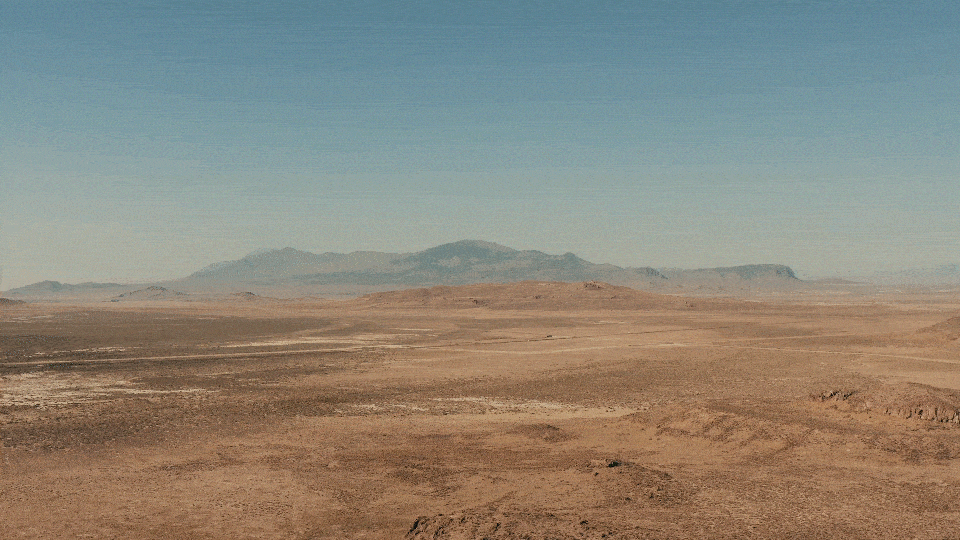Father Time
The idea was to create a sandstorm scene of an epic scale and to convey a story of the impeding doom.
A more technically challenging project I've done in recent memory. This of course, is partly due to the immense amount of rendering and wedging that had to be done to create the sandscape.
This project was rendered in Houdini and Arnold. The footage was tracked in 3D Equalizer, and compositing was done in Nuke. Backplate from Pexels - Kelly.

Process
Taking references from real life, news clipping, and weather reports and looking at movies that do Sandstorm well was part of the research process when I started blocking out my scene in Houdini. Movies like Dune and Prometheus have amazing sandstorm scenes, which were amazing to look at and draw inspiration from.

Following the gathering of references, I started by tracking my footage inside of 3DEqualizer. After the track was complete, I brought the FBX scene inside of Houdini and started blocking out the sand clouds.

Coming up with the shape of base geometry of the Sand Cloud to start emitting pyro smoke from, was challenging. I went through numerous changes of shapes and sizes of the bent cloud geometry, as well as a bunch of tests of different velocities being emitted from different parts of the smoke cloud. Following this, I wedged a total of 21 different kinds of sand cloud smokes, ranging in different velocities, turbulence, disturbances, etc.
At the starting stage, I was constantly wedging attributes to get the look I wanted from the rolling clouds. While doing this, I used to quickly matte paint inside of nuke by duplicating one rendered cloud and laying it out to see what angles worked and what didn't; I figured out a chunk of the piece's color this way too. I would also sometimes put Crag into the scene to see how everything integrated with the original footage.
To get a break up in the shapes of the sand clouds, I had to collide the pyro simulation with 3-4 cylinders at the start of the simulation. I also played with the timescale; I slowed down the simulation in the pyro solver after a certain point to get the right rhythm of the sand cloud rolling on the ground.

The velocities for the sand cloud were based on being higher at the bottom than at the top; the velocities were also given a 0 value in the opposite direction, so the cloud would not start blowing backward.

The rendering was straightforward. The cloudscape had to be rendered in different layers, with different layers matted out with other layers. Mostly, each cloud had different materials with slight variances in densities and scattering attributes.
All the layers were composited together and graded inside of Nuke.

Checkout other portfolio piece breakdowns here



